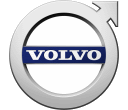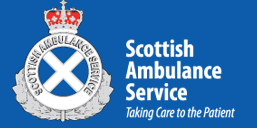USA
800 691 9120
UK
01225 704844
We use cookies on our website to analyze website usage and to help secure the website against misuse. Advertising and functional cookies are not used in our site or our web application products.
By clicking “Accept Essential Cookies Only”, you consent to us placing these cookies.

Panasonic Electronic Devices Corporation of America (PEDCA) purchased xAssets Enterprise to centralize their IT Asset Management function and is still in constant use 16 years later.
PEDCA runs three main manufacturing facilities with each facility containing a number of manufacturing plants. Each plant has its own budget for Software License purchasing and other asset acquisitions Software compliance status and reporting became a priority for the management teams at the plant, facility, country and global levels.
Software Asset Management at PEDCA was difficult to control. There was no easy way of establishing which applications were installed and the software license compliance position at each cost center could not be established. PEDCA wanted an application that could encapsulate Discovery, Hardware Asset Management, Software Asset Management, and replace the existing Track-IT help desk system into a single solution.
Technicians evaluating xAssets Network Discovery were impressed by its speed, low network bandwidth, and zero footprint on the end user computer. Discovery could discover hundreds of desktops in minutes, including a hard disk scan, without making changes to the client.
Panasonic required an application which could discover and count software titles, and classify and track purchases. Assignment of purchased software assets to specific desktops was a core requirement – this is supported within the xAssets Enterprise application.
xAssets Enterprise was installed and Network Discovery was quickly completed. Software license purchases were entered through manual input, and from spreadsheet data loads using the Enterprise integration engine. Software license reports were customized to Panasonic’s requirements.
Software compliance reports are sent to senior management in Japan and to each plant and facility on a monthly basis, and ad-hoc compliance reports on specific locations, cost centers, specific software titles or specific users can be produced whenever needed.
Free instances are free forever and can show demo data or your data.































